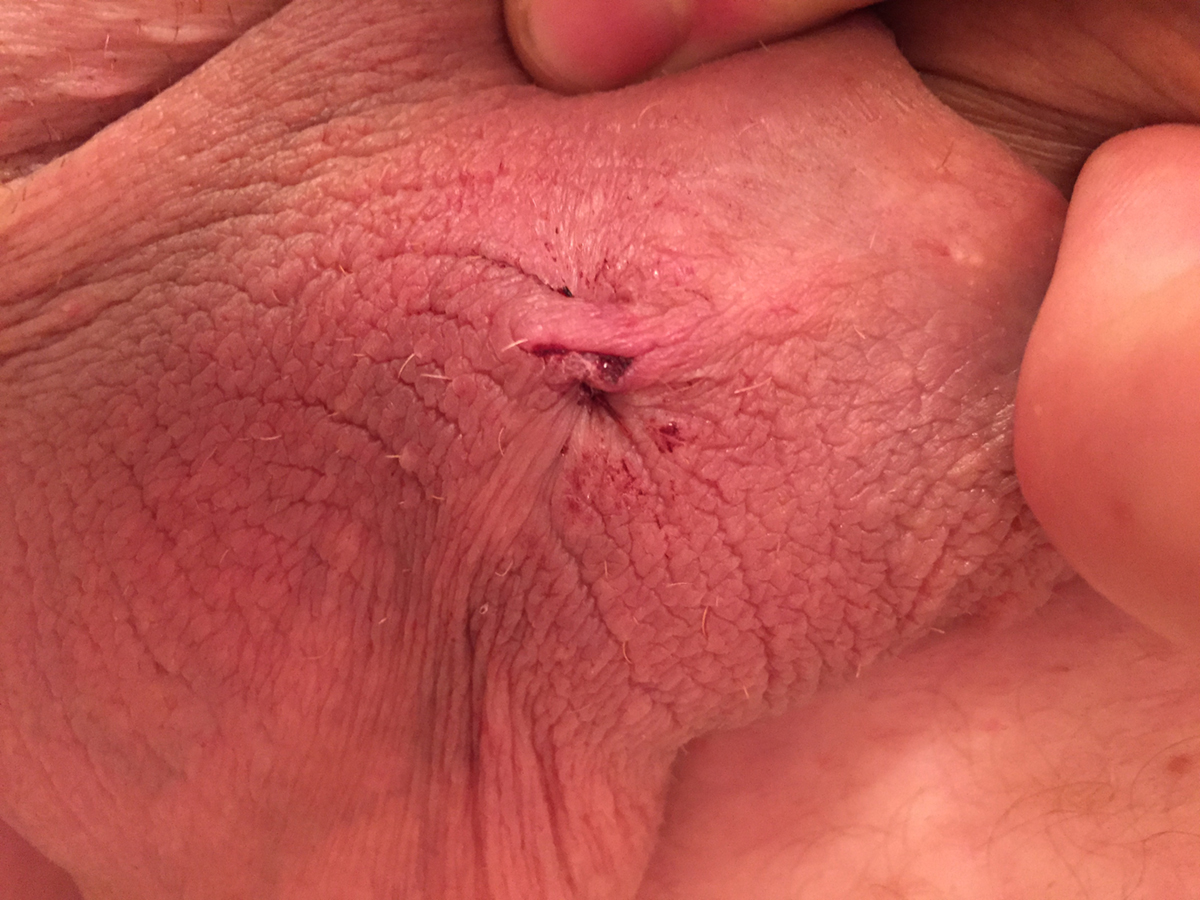
Vasectomy Reversal - General Info
Vasectomy reversal is a surgical procedure with one goal - to undo a vasectomy. If being successful enough, vasectomy reversal allows the sperm to become a part of the semen and this may eventually lead to successful fertilization of the egg. Comparing to vasectomy, vasectomy reversal is rather complicated surgery. During the procedure a surgeon re-connects the tubes which transfer the sperm from the testicles into the semen. This surgery may be performed at any time after vasectomy has been done. The only problem is that it is successful in less than 50% of patients.
What are Risks of Vasectomy Reversal
There are no serious risks when it comes to vasectomy reversal. In some cases, there is a slight chance of bleeding within the scrotum, infection of the operated area, inflammation caused by the leakage of the sperm into the scrotum, and finally, damage to certain nerves and blood vessels. All the patients are due to report any abnormality after the surgery including fever, swelling which gets worse and seems not to withdraw, difficulty urinating, a lump in the scrotum and prolonged bleeding from the incision line.
One more risk is failure of the procedure. Fortunately, during vasectomy reversal the surgeon may collect some of the patient's sperm and the sperm is frozen. This sperm may be used in future if the patient really wants a child.
Vasectomy Reversal - the Very Procedure
Vasectomy reversal is rather challenging procedure and is performed by well-experienced surgeons. During the procedure the surgeon reconnects vas deferens with the epididymis. There are two surgical approaches, vasovasostomy and vasoepididymostomy. The surgeon decides which of these two is going to be applied. The patients are administered general, epidural, spinal or local anesthesia. The surgeon uses a microscope which is necessary to magnify the operated area.
During the procedure the surgeon opens the scrotum and releases the testicle. What follows is cutting of the vas deferens and examination of the fluid. This step is essential and it helps the doctor to choose the correct surgical approach. Vasovasostomy is performed if the fluid is rich n sperm and clear fluid. On the other hand, if the fluid is thick or pasty or it contains small amount of sperm or no sperm at all this points to the presence of scar tissue which blocks normal flow of sperm. In this case vasoepididympstomy is a better option.
Recovery after Vasectomy Reversal
After vasectomy reversal the wound is covered with bandages and patients are supposed to wear jockstrap which may reduce swelling and limit movement. Cold compresses placed on the scrotum may reduce both, postoperative swelling and pain. Pain is also alleviated by certain painkillers. The operated area stays sore for several days. There is also chance of bruising. Still, if the bruises have formed they will complete disappear within two weeks after the surgery. And finally, patients are not supposed to wash the operated area for a couple of days, they should avoid sport and any kind of strenuous activities for three weeks and abstain from sex for at least four weeks.


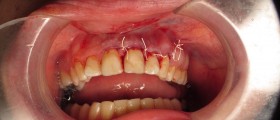




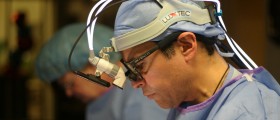





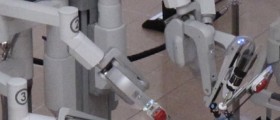

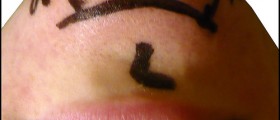

Your thoughts on this
Loading...